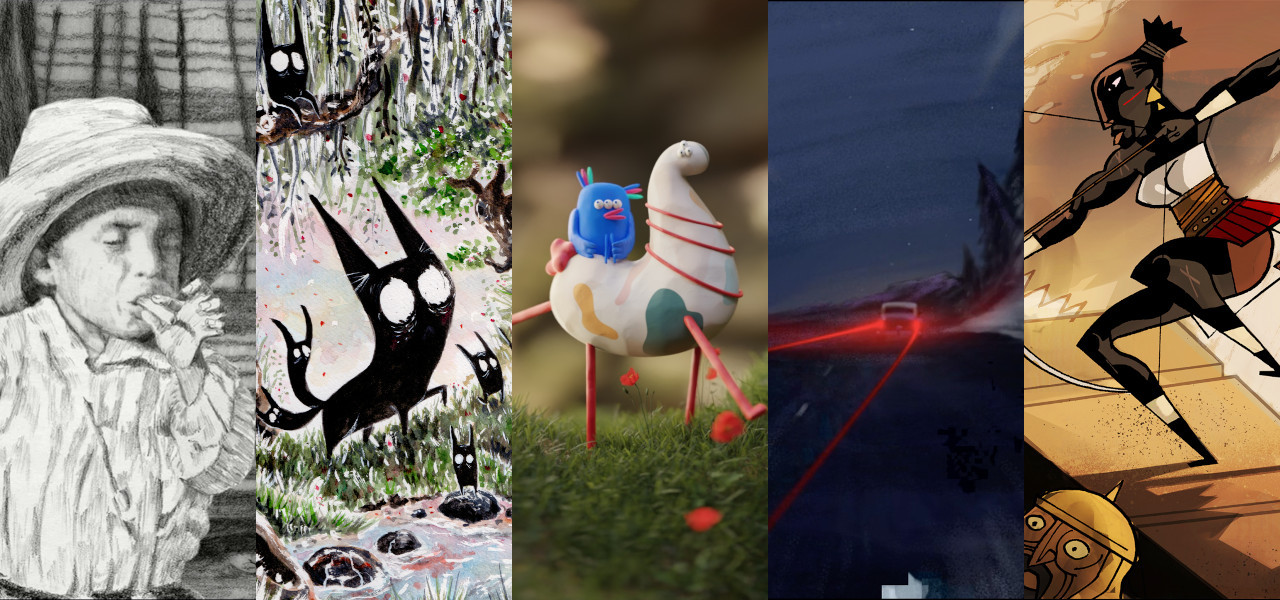
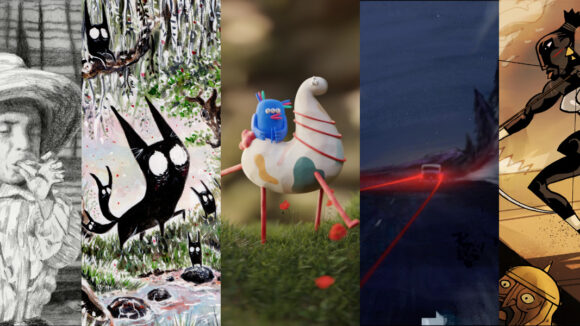
Ibermedia Next Backs 14 New Tech And Open Source Animation Projects
Ibermedia Next, an initiative organized by the Ibermedia Program, has announced the results of its call for animated projects that utilize new technologies in digital animation.
The program is financed with European Next Generation EU Funds from the European Recovery, Transformation, and Resilience Plan.
The program selected 14 projects to share more than 2 million euros in financing. Each production will also receive a comprehensive, personalized program of professional mentorship that covers concepts such as consultancy, promotion, and distribution, including invitations to key industry events.
The selected projects stand out for the nature of their stories, exemplifying Ibero-American cooperation and their commitment to using open-source software, virtual reality, and other disruptive technologies.
Disruptive Formats and Tech are Guiding Ibero-American Animation
When evaluating this year’s submissions, significant emphasis was placed on recognizing productions using open-source software such as the European programs such as Krita or Blender. The latter was used by 12 of the 14 beneficiaries.
Five of the projects are virtual reality experiences or are using vr software in the production process. There is also a prevalent use of real-time video game rendering engines among this year’s projects. Generative AI is being used by several of the titles for tasks such as rotoscoping and illustration, movement capture for layout, and photogrammetry. One of the main objectives of the Ibermedia Next program is to share production developments resulting from these projects with the larger animation community.
Several formats feature among this year’s projects, including teasers, pilots, short films, prototypes, vr installations, and other vr experiences. Projects are backed by producers on both sides of the Atlantic; ten from Spain, two from Italy, and two from Portugal, in co-development with Latin American companies and professionals from Mexico (4), Chile (3), Peru (3), Argentina (2), Bolivia (2), Brazil (1), Colombia (1), Cuba (1), Ecuador (1) and Guatemala (1).
These 14 projects reveal the intention of their creators to, through animation, defend the environment, destigmatize mental illness, and give a voice to underrepresented communities. There is also a significant number of women artists represented among the projects; 43% have women directors, 57% have women animation directors, and 71% have women art directors.
Here are the 14 projects selected by Ibermedia Next:
Candida Foresta (Spain, Chile, Cuba)
- Antaruxa, Bernardita Ojeda Producción Gráfica y Audiovisual, and Estudios de Animación ICAIC
- This pilot dazzles with its artisanal aesthetic animation based on the pictorial work of Spanish artist Perrilla (Talía García). In the episode, watercolor paintings are brought from 2d into the third dimension. One of the project’s goals is to develop an ASP plugin as an open code tool for use in Blender.
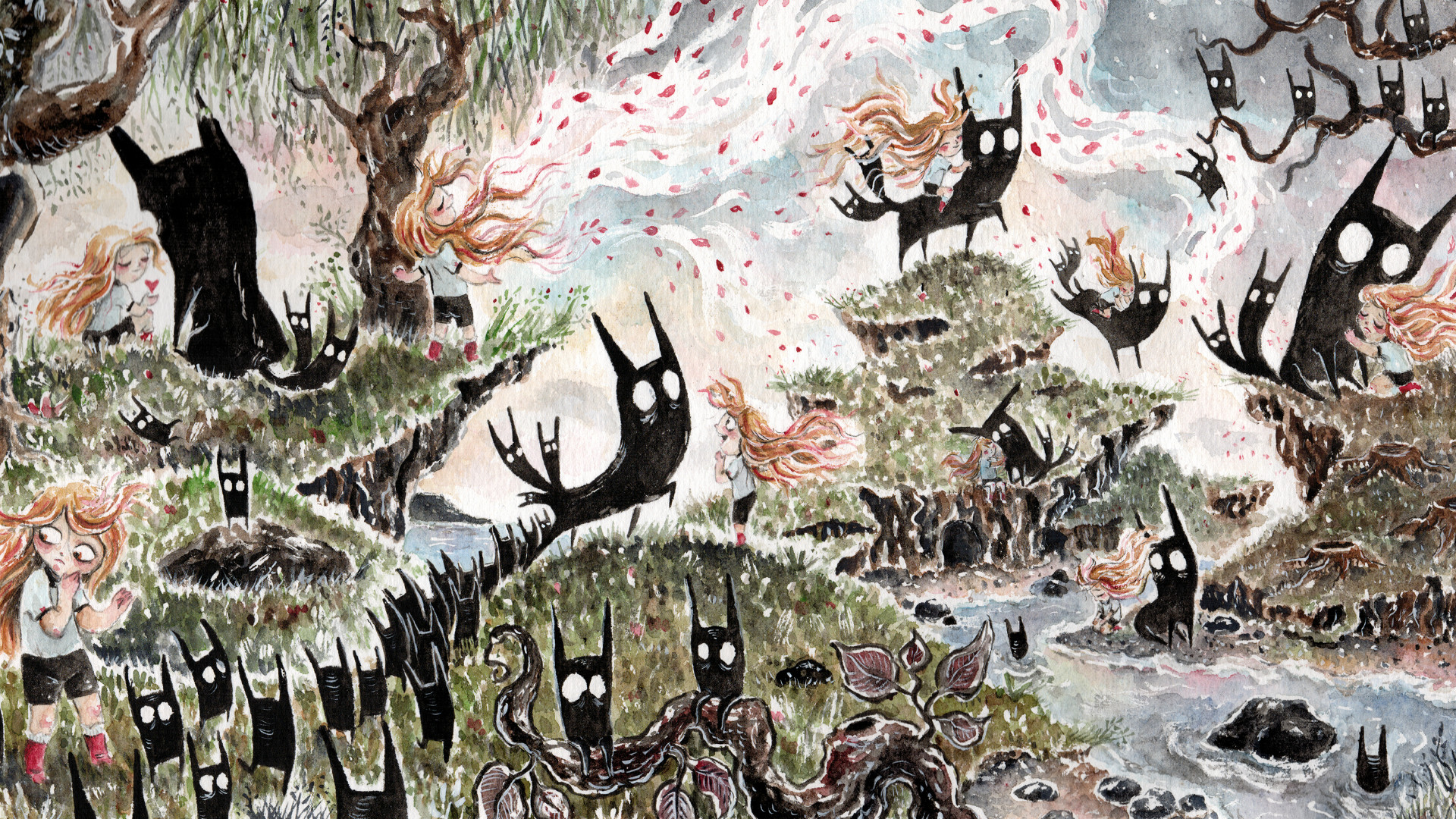
Città Dolente, The Mirror (Italy, Argentina)
- Ibrido Studio and Ojo Raro
- This vr project allows users to descend through Dante’s hells and see the indigenous creatures. The project combines 2d, cg, and stop-motion techniques as well as photogrammetry.
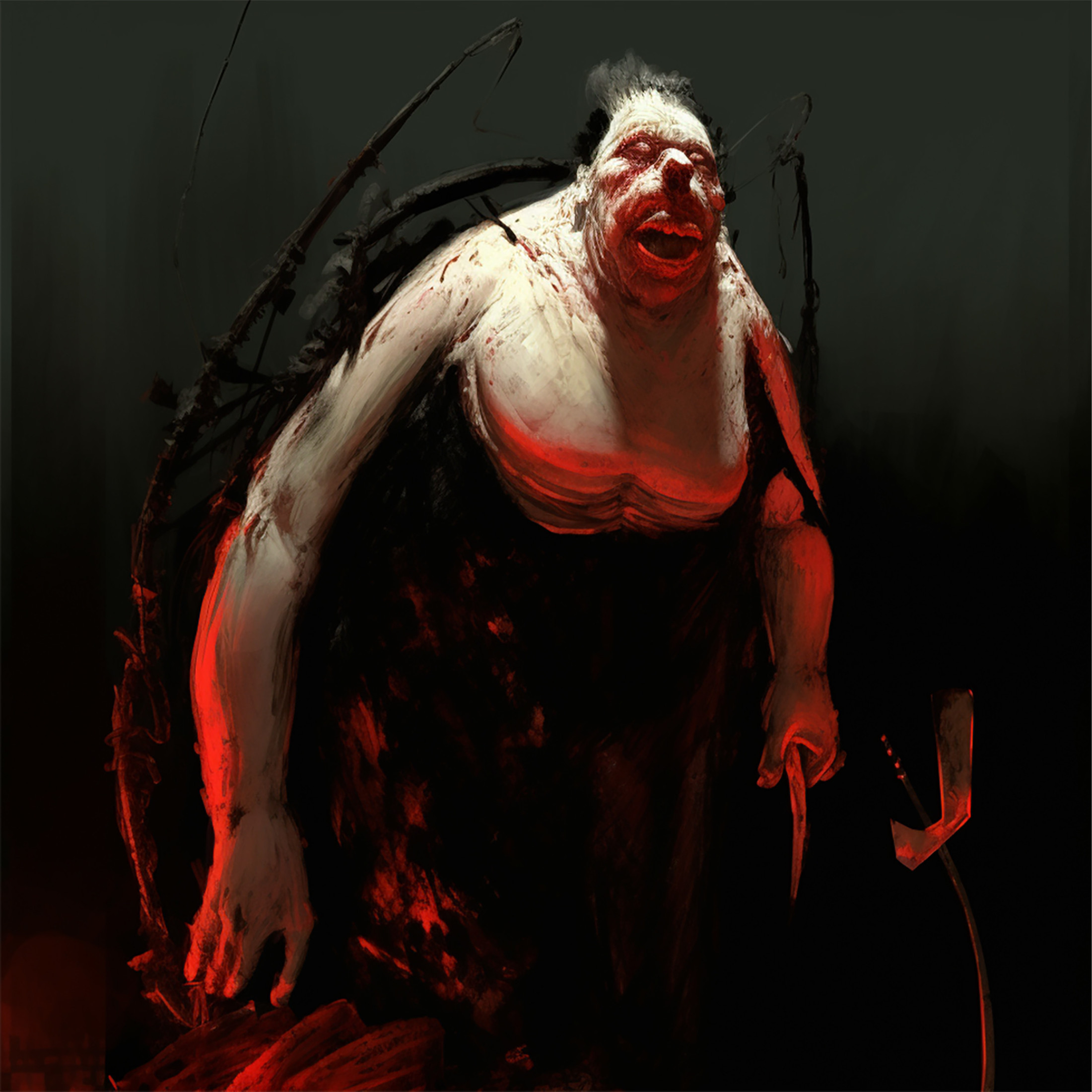
Lúcido (Portugal, Brazil, Colombia, Italy, Denmark, Spain)
- Cola Quente, Delirium VR, Dinamita Animación, Studio Kimchi, Robin Studio, and Ouros Animation
- An ambitious six-country co-production, this vr anthology project is an experience for the senses in which the user becomes a co-creator. Artists will use Tilt Brush and Médium to create the project’s universe, Blender for animation, and Unity for interactivity.
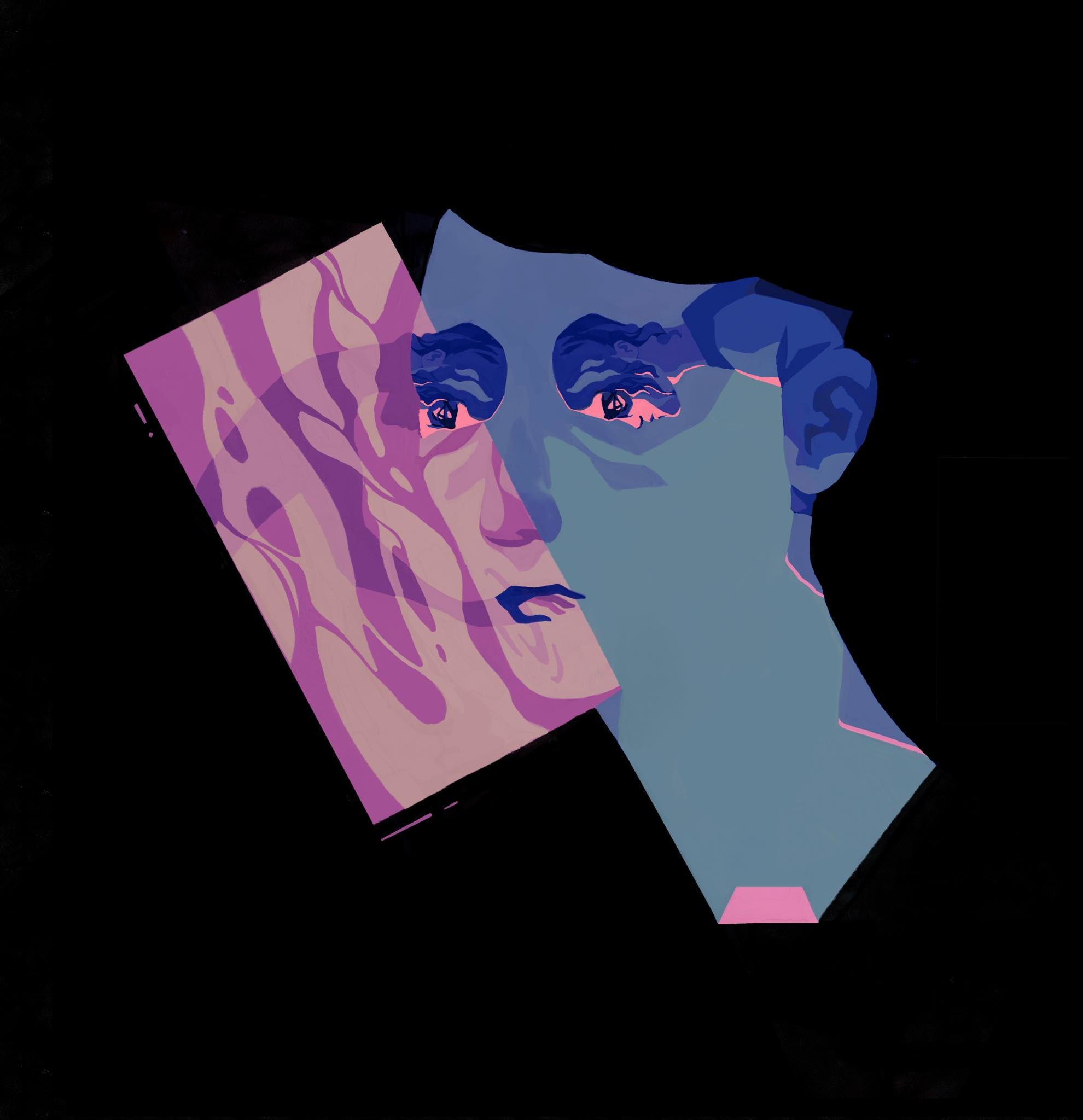
Lo Obscuro del Fuego (Spain, Mexico)
- Agrup Lab, Pulsación Creadora Films, and Polar Studio
- An example of how technology can improve the documentary format, Lo obscuro del fuego narrates the drama of Mexican cartels with a particular approach to vr and the use of generative AI to modify recorded content, bringing it closer to animation.
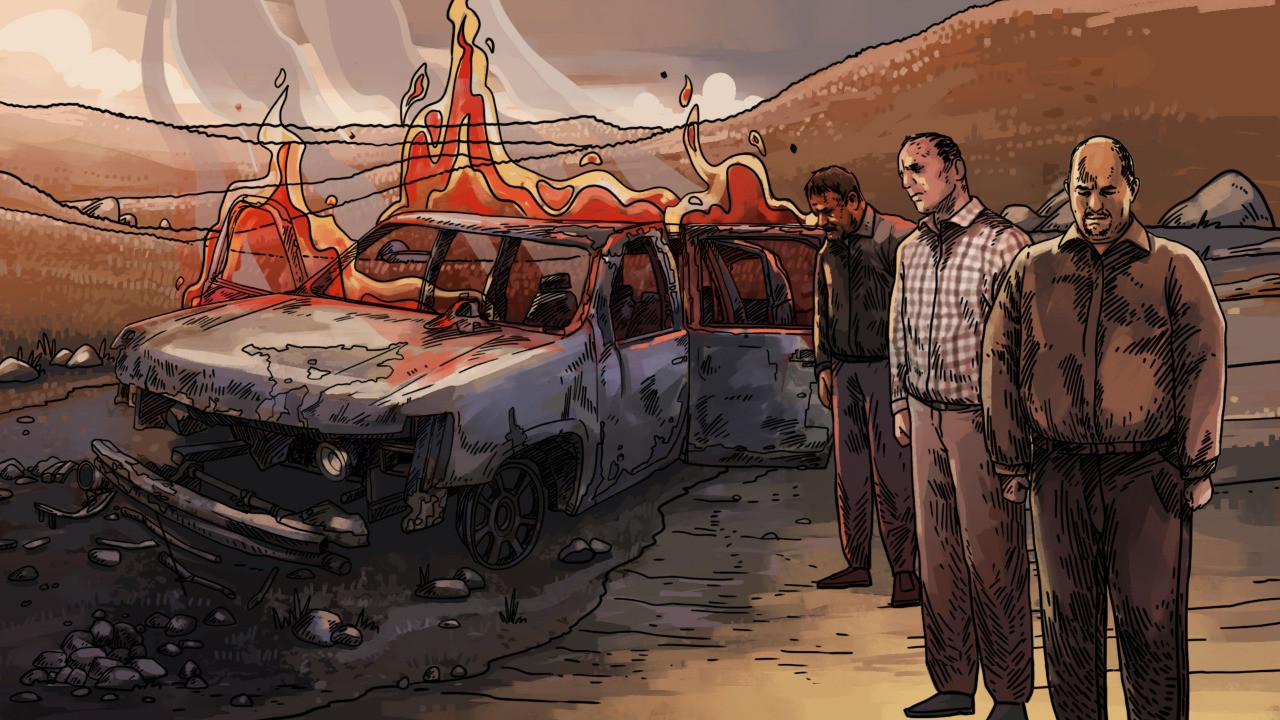
El Origen de la Experiencia (Spain, Mexico)
- Cornelius Films, Hampa Studio, and La Corriente del Golfo
- Spanish studio Cornelius (Mironins, Olivia y el terremoto invisible) teams with Diego Luna and Gael García Bernal’s La Corriente del Golfo in Mexico to produce this vr journey into Mexican mysticism and culture. The project is being developed as an interactive installation.
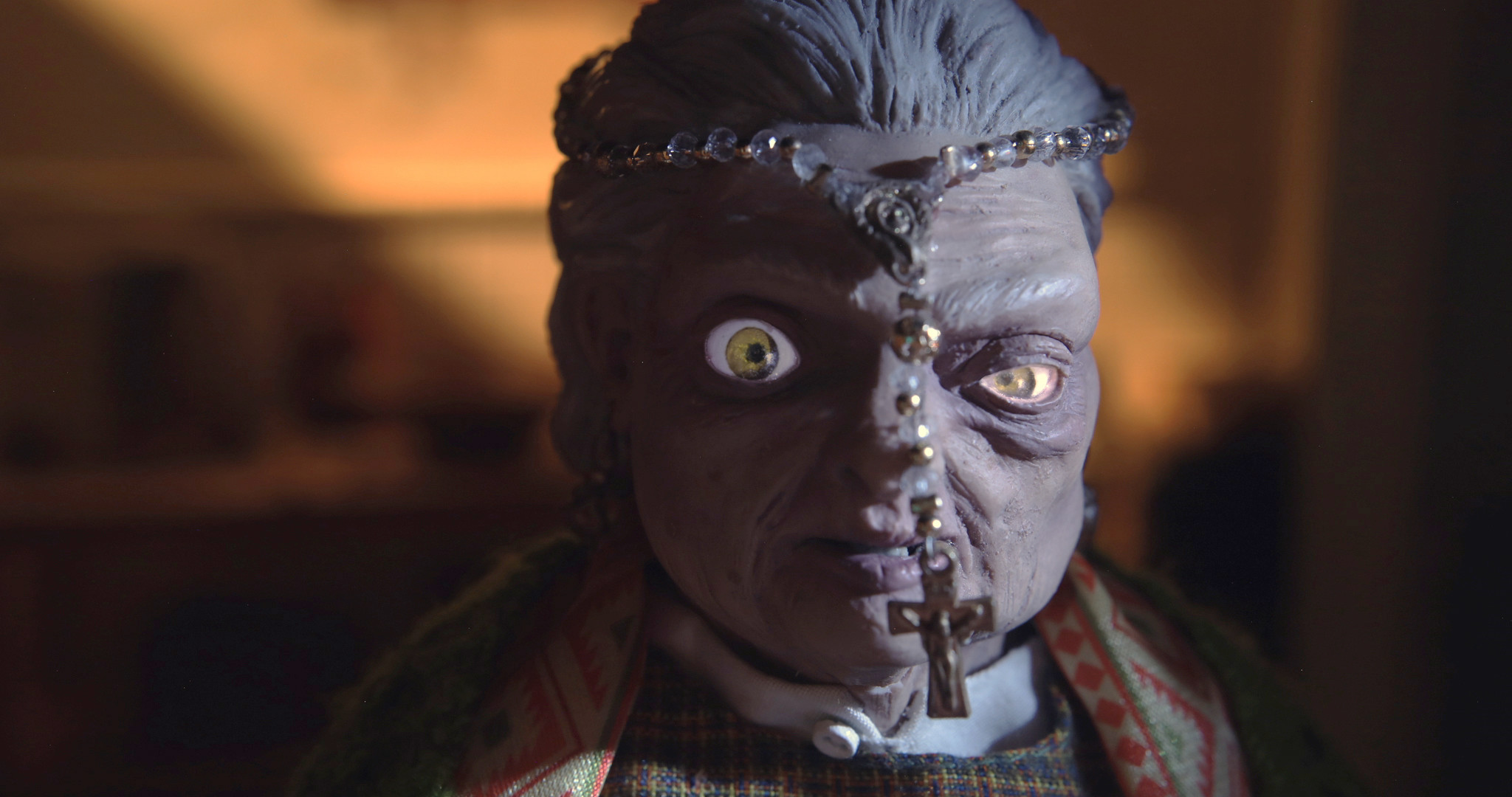
Pink Noise (Spain, Chile)
- La Mola Films and Bernardita Ojeda Producción Gráfica y Audiovisual
- Marie Curie headlines this look back at influential women in history in a project built on feminist ethics, ground-breaking aesthetics, and lots of humor. The project’s pipeline integrates disruptive technologies that will be shared with the community after production.
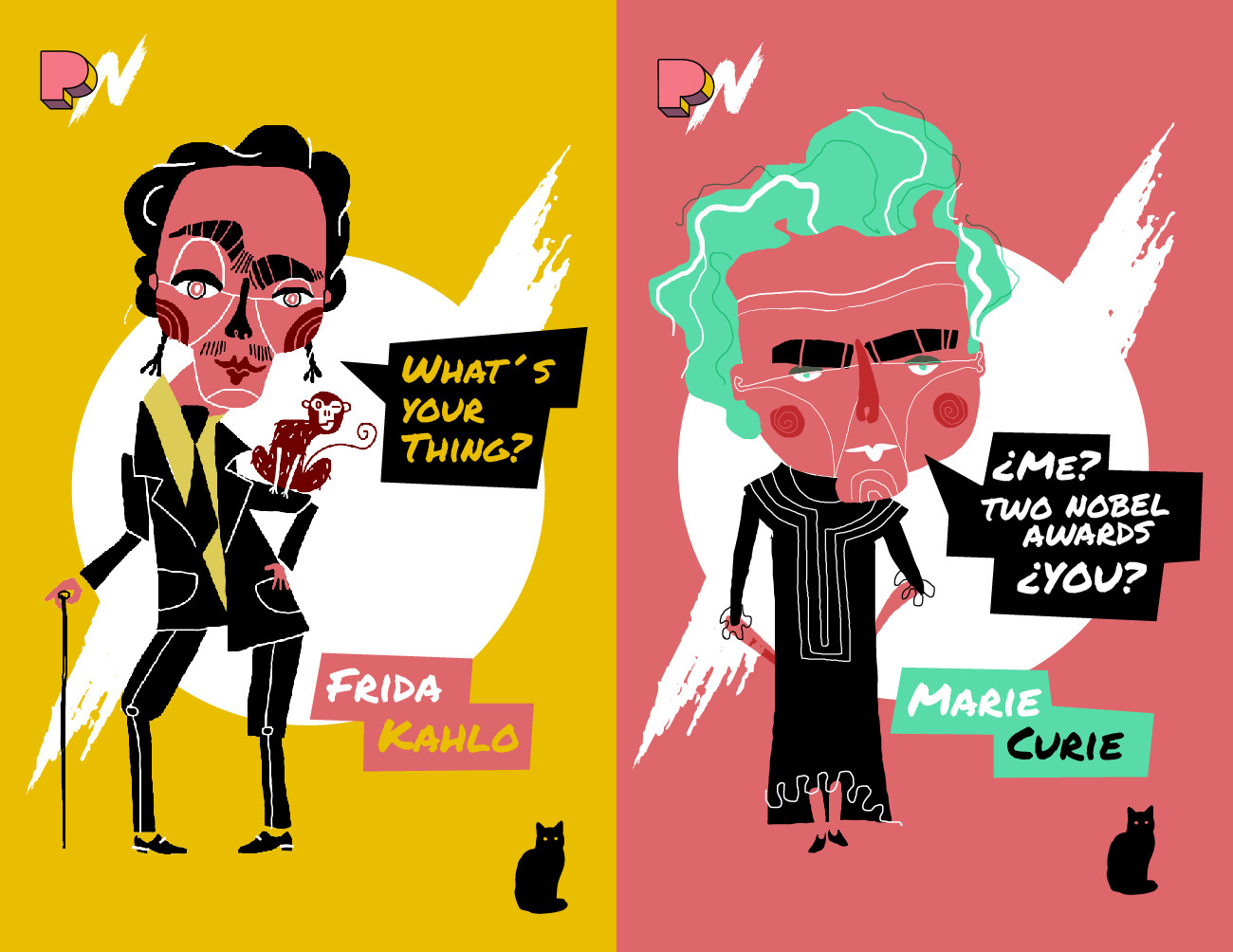
El Rastro de tu Sangre en la Nieve (Spain, Mexico)
- Hampa Studio and Cine Tornado
- This project is adapted from Colombian author Gabriel Garcia Márquez’s story of the same name. Directing are Elías Nahmías, a friend of Garcia Márquez, and Gonzalo García Barcha, a long-time collaborator of Alfonso Cuarón. Artists will use Blender, Grease Pencil, and AI motion capture technology.
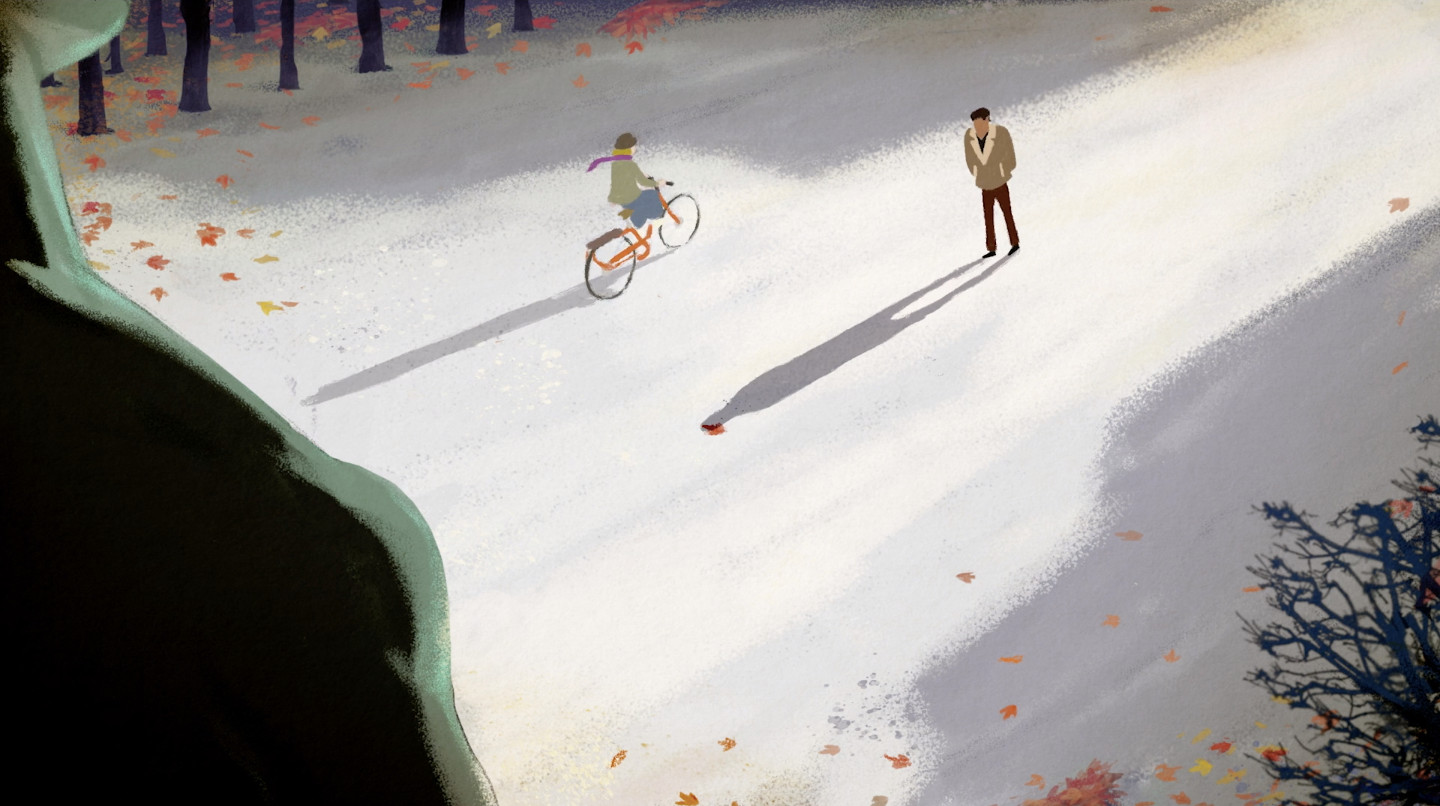
Sophia (Sofía) (Spain, Argentina, Peru)
- Atlántika Films, Rudo Company, and Ambiro Producciones
- Spanish auteur Isabel Coixet and Argentinian art director Jesica Bianchi are developing this project, which mixes animation and live-action to bring awareness to mental health problems.

Tierra Milagrosa (Portugal, Guatemala)
- BAP Animation Studios CRL and Anarquía Visual
- This mixed-media project combines the traditional (graphite on paper, Mayan languages) with the modern (applying machine learning in post) to create a narrative focused on giving a voice to underrepresented communities, in this case, Mayan language speakers.
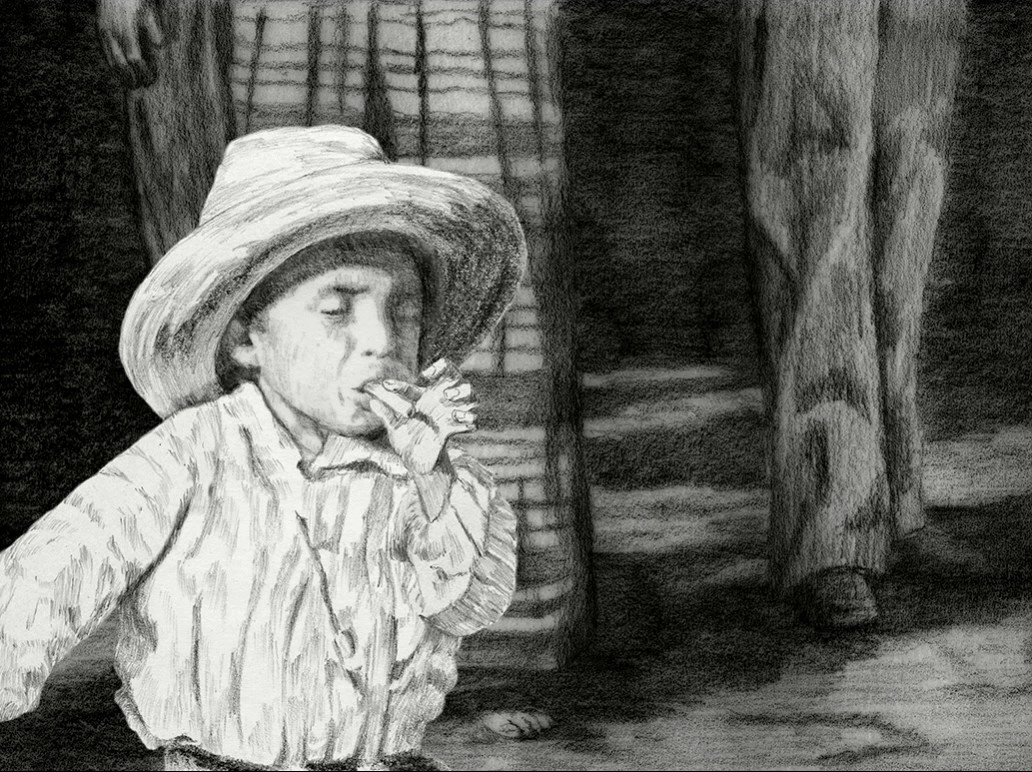
Titán Tofu (Spain, Ecuador)
- Uniko Estudio Creativo, Abano Producións, and Mattegraphics CIA
- This preschool project features a stop-motion aesthetic created using Blender and Unreal. Led by María Luquero, the project is being produced by Bilbao’s Uniko (Unicorn Wars) and Ecuador’s Mattegraphics.
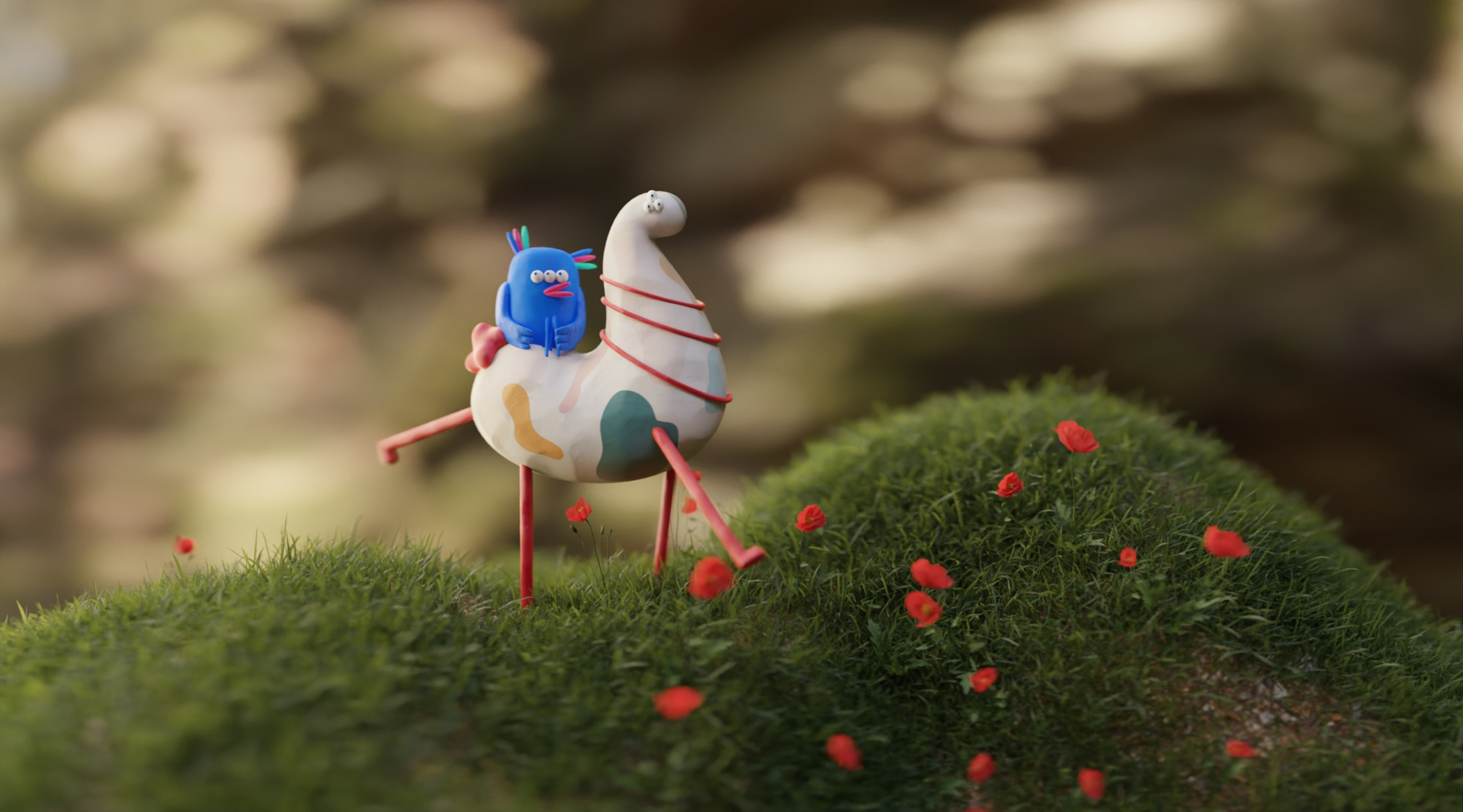
Urke (Spain, Mexico)
- Bígaro Films, Aupa Studio, and SMC Studio
- This project tells the story of Urke, an indigenous Iberian woman fascinated by Hannibal. Aitor Herrero directs the project featuring Pakoto’s artwork (Maya and the Three, We Lost Our Human).
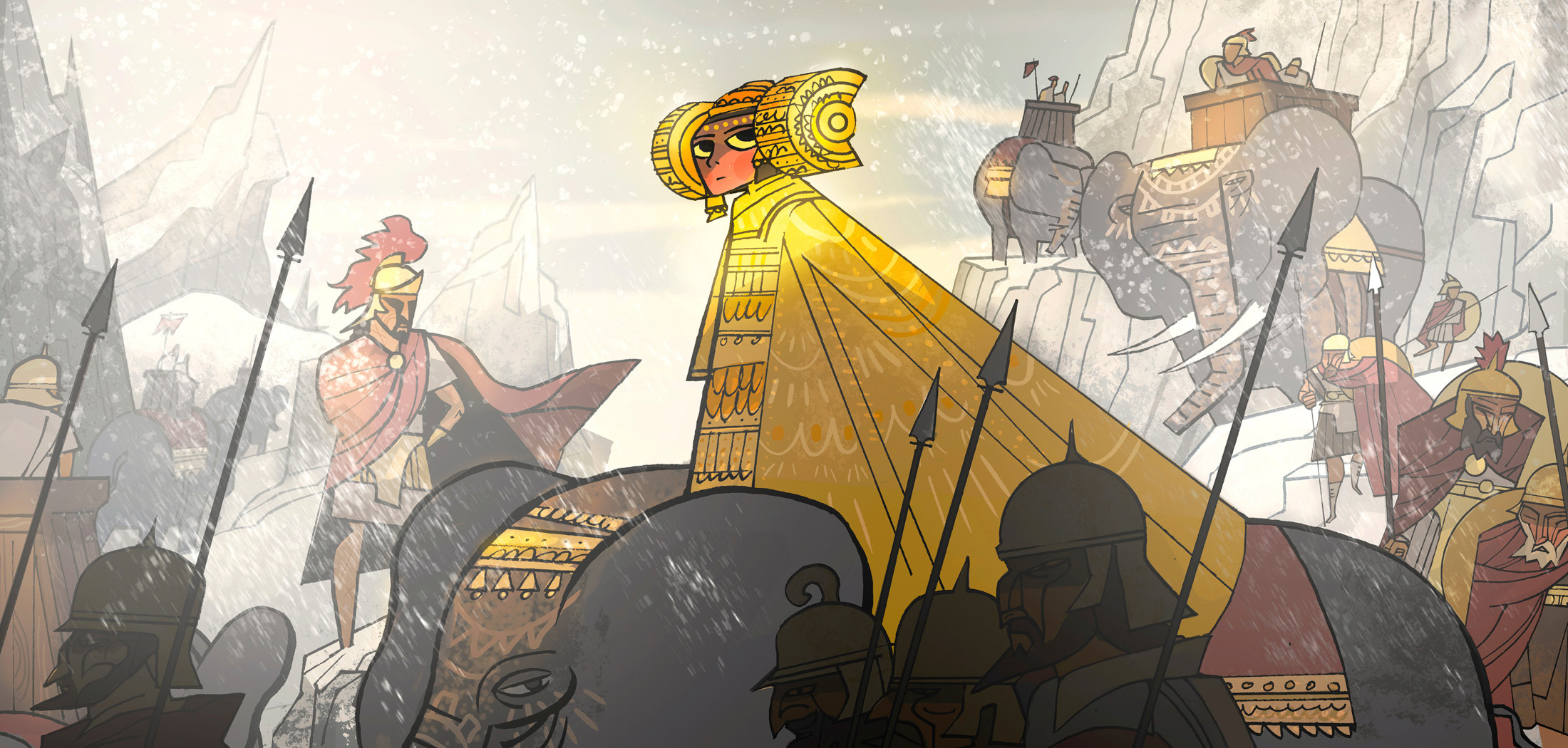
Un Viaje Peligroso, La Historia de Pepi (Spain, Bolivia)
- Noon Films
- An authorial vision on a wide-ranging topic: the suffering of children during terrible times such as civil wars or the Holocaust. This museum installment will allow users to interact with AI characters.
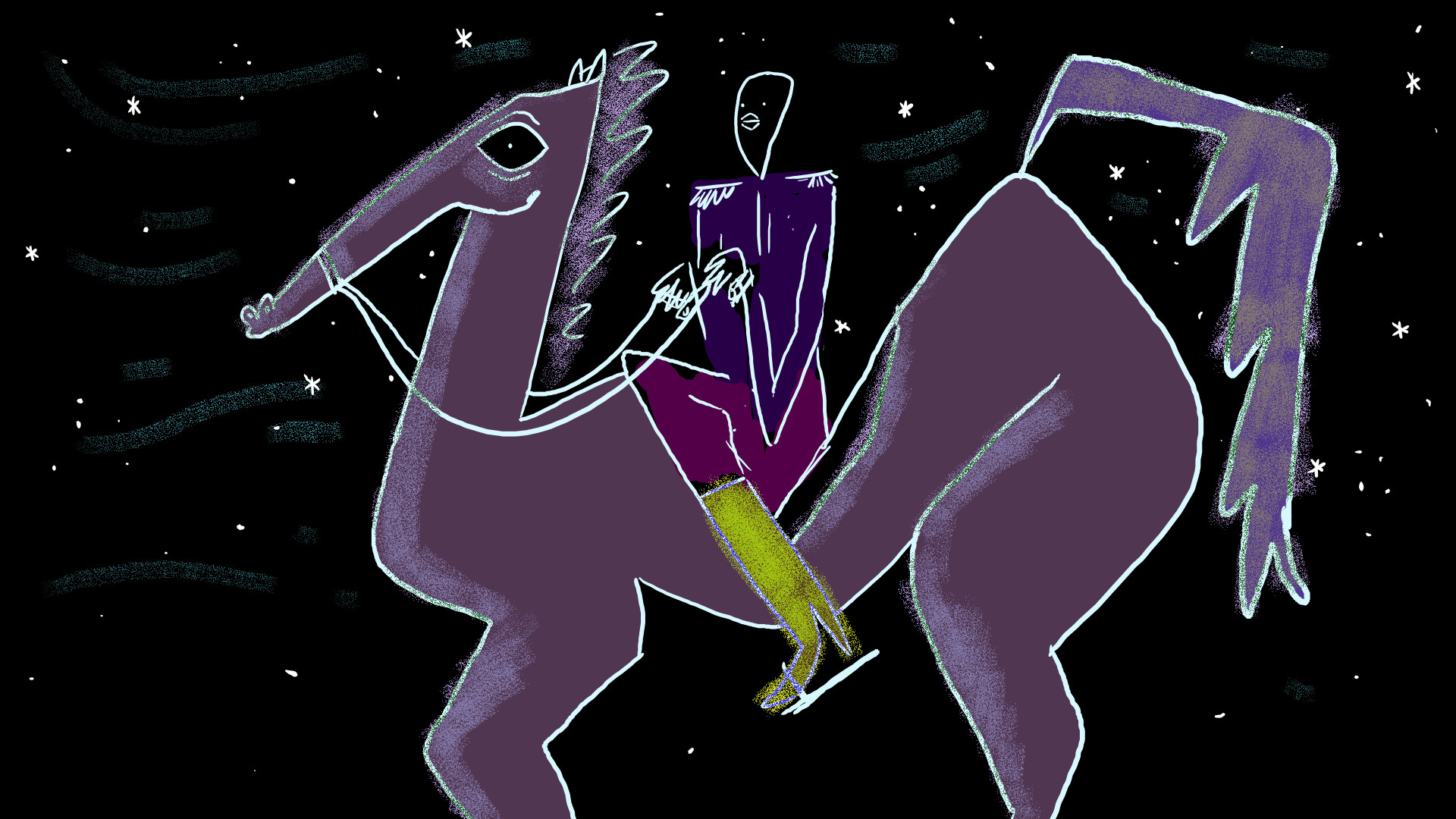
Il Viaggio di Guaman (Italy, Bolivia, Peru)
- L&C SRL, Desfase Films and Producen Bolivia
- Part documentary, part museum exhibit, this project takes participants to historic Peru to learn about Inca culture. Project artists use Blender and Grease Pencil while developing tools that integrate AI software.
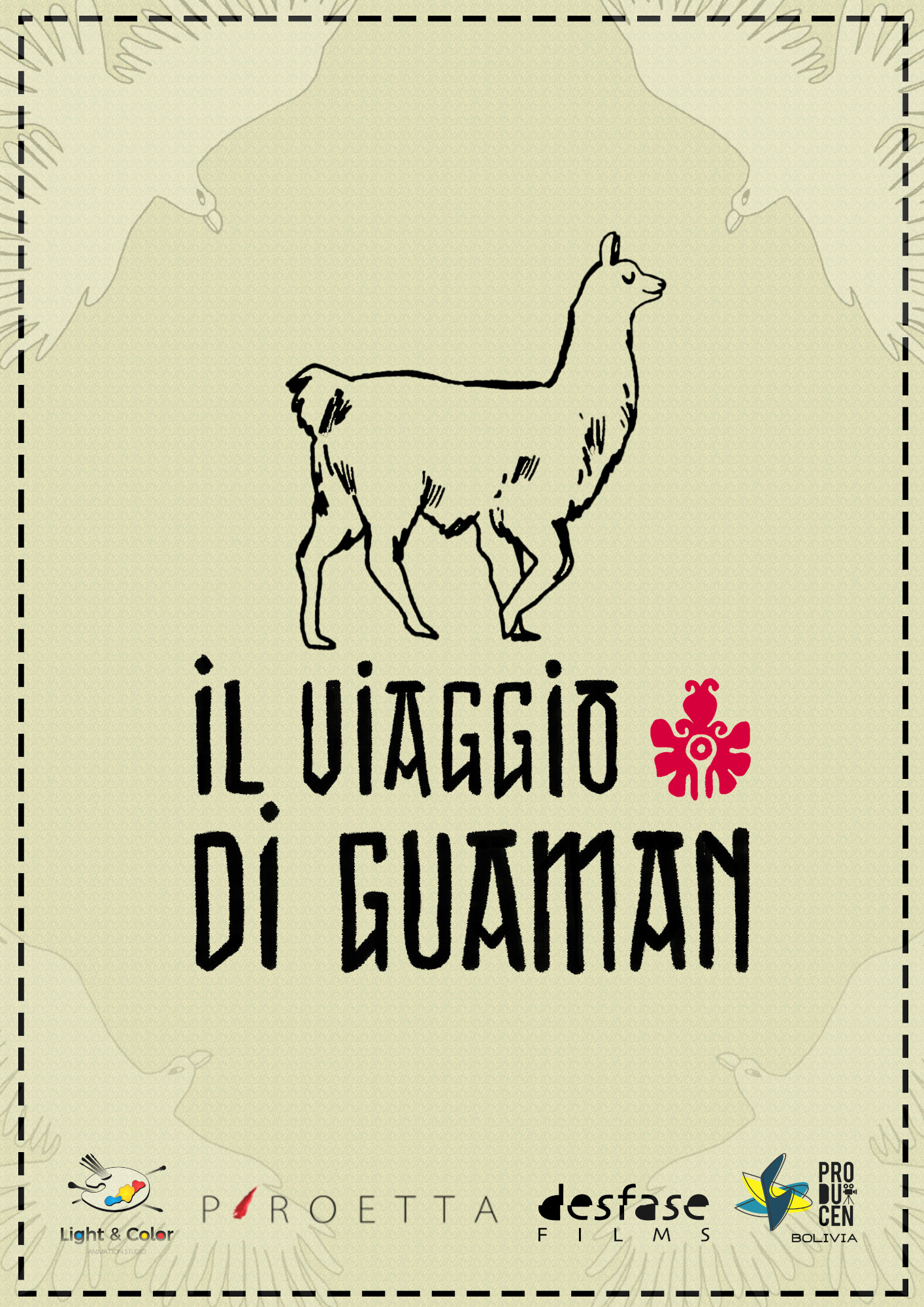
Vigilados, La Prisión de Koira (Spain, Chile, Peru)
- Tourmalet Films, Apus Estudio, and Pudoctopus Entertainment
- Spun off from the feature film Vigilados, this project is developed to migrate from proprietary software such as Maya to open-source platforms like Blender and integrate AI image-generating software to create reference images that can also be integrated into the animation process.
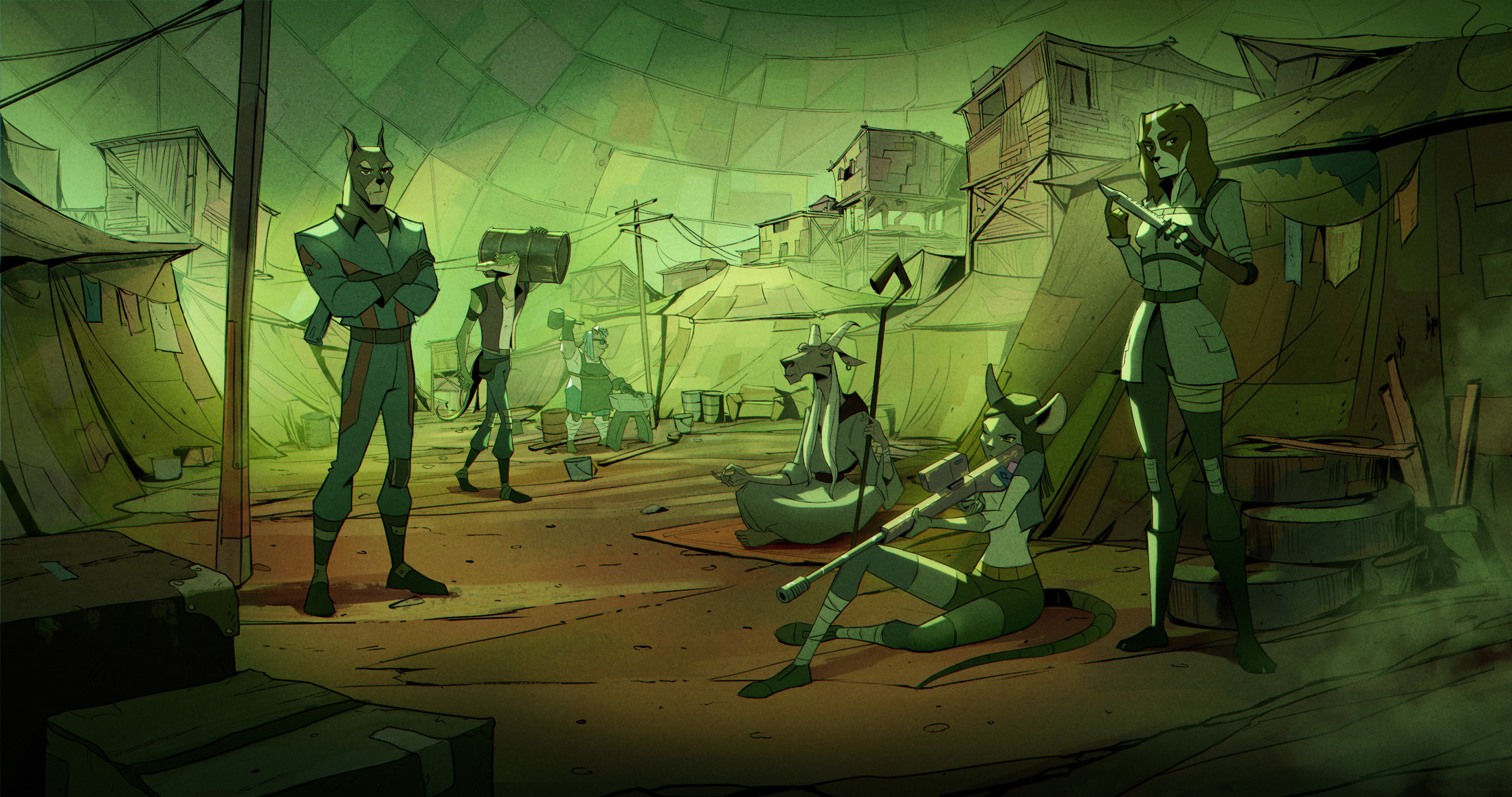
Ibermedia Next: Aimed at and Organized with the Animation Industry
Ibermedia Next benefits from a close alliance with the Quirino Awards, The Ibero-American Animation League, Pixelatl, and Ventana Sur’s Animation!. This year’s beneficiary projects were unveiled at Animation!, one of Latin America’s most important animation industry meetups.
In attendance at this year’s Animation! were Nicolás Batlle, president of the Ibermedia Programme and president of INCAA; Jara Ayucar, director of marketing policies of the Institute of Cinematography and Audiovisual Arts ICAA (Ministry of Culture of Spain); Víctor Herreruela, coordinator of the technical unit of the Ibermedia Programme; José Luis Farias, executive producer of the Quirino Awards and member of The League of Ibero-American Animation; and Silvina Cornillón, manager of the Animation! Ventana Sur Latam Audiovisual Market.
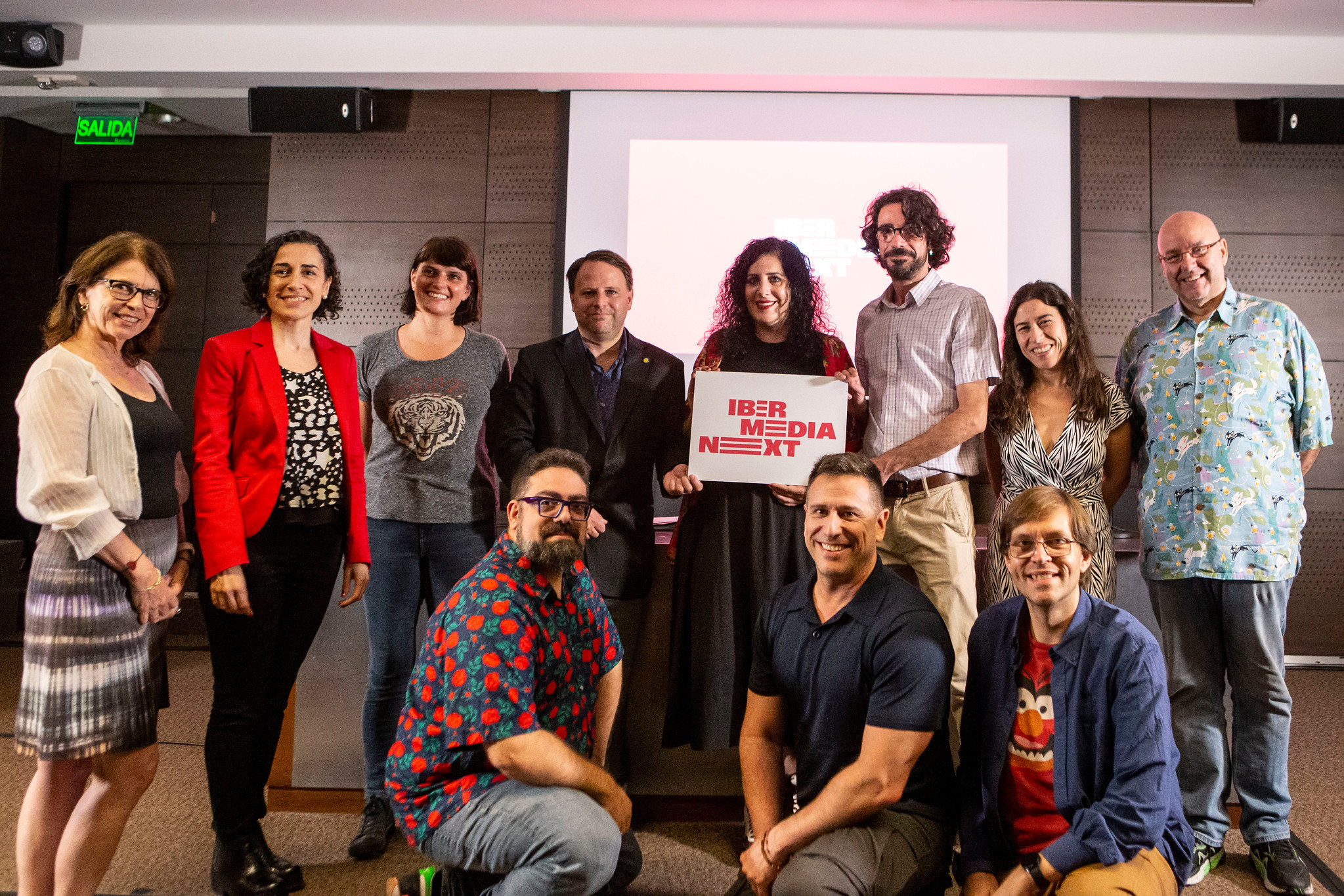
Those present agreed that Next Generation EU funding will create new opportunities for exciting projects in the sector and help Ibero-American animation make a larger impact on the global industry.
According to Herreruela, “This pilot call is a declaration of intentions about how we want to be part of the future of audiovisual production in the Ibero-American region.” He also highlighted the importance of the Ibermedia Next Plaza matchmaking tool, “a platform on which professionals can make contact and establish synergies.”
Ayucar added, “The opportunity to build bridges for animation in the Ibero-American region has become a reality with this strategic and relevant initiative.”
Ibermedia Next’s Assessment and Consultancy Committee members include Luís Belerique (senior artist at Tequila Works), Rosario Carlino (CEO of OSA Estudio, animation teacher at ENERC and at the Blas Pascal University), Raúl García (film animator, director, producer, and teacher, member of the Academy of Motion Picture Arts and Sciences of Hollywood and of Spain), Aïda del Solar (teacher at Gobelins L’École de L’image (Paris) and director of art and creation at CNAM-ENJMIN (Angoulême); and Alejandra Luzardo (Manage Innovation – Creative Economy & Public Policy BID). Collectively, they __ this year’s project submissions and picked eventual beneficiaries.
Pictured at top: Tierra Milagrosa, Candida Foresta, Titán Tofu, El Rastro de tu Sangre en la Nieve, Urke


